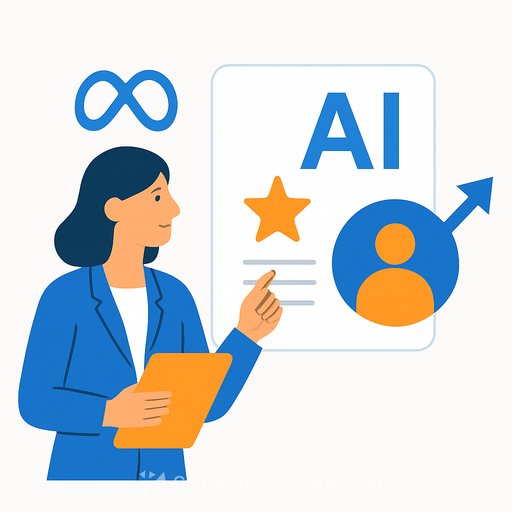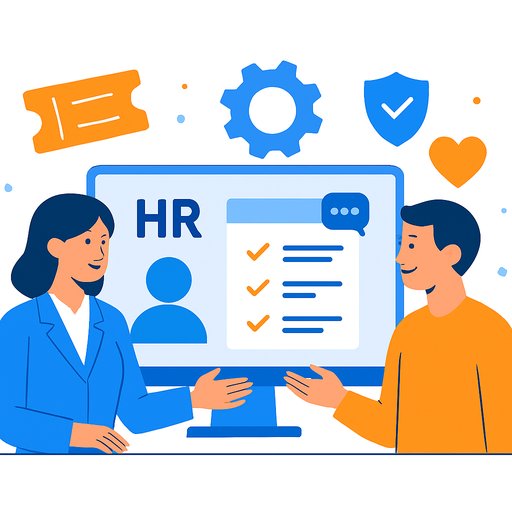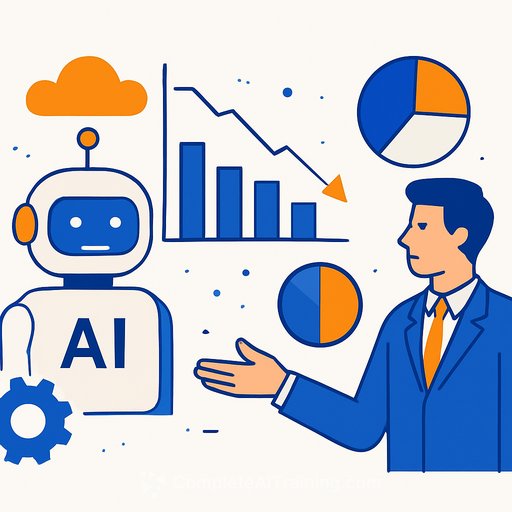Why In-Person Recognition Will Grow Despite AI Advancements
U.K. employees expect the human touch in recognition to become more important as companies adopt AI to streamline their programmes. According to O.C. Tanner’s State of Employee Recognition Report 2025, surveyed employees predict a significant rise in in-person recognition, such as handwritten notes, thank you cards, and award presentations.
While digital recognition tools are gaining traction, employees want these technologies to complement—not replace—the personal connection that makes recognition meaningful. In fact, U.K. respondents anticipate a 100% increase in face-to-face recognition interactions over the next few years, jumping from 37% to 74%.
The Role of AI in Employee Recognition
AI and other technologies are becoming integral to employee recognition programmes. They offer real-time micro-coaching to improve how recognition is given, ensuring it feels more thoughtful and personalized. However, some systems have automated recognition to the point it feels transactional—like automatic “thank you” emails sent when projects conclude.
These automated messages can risk stripping recognition of its emotional impact. The key is to use AI tools to support genuine appreciation without losing the personal element.
Balancing Technology with the Human Element
Recognition programmes must keep employees at the center. Technology should add value by enabling meaningful and personalized recognition. When automation removes the emotional connection, the programme fails its purpose.
Organisations need to focus on how AI can assist managers and peers in delivering recognition that feels sincere and impactful. This means supplementing, rather than replacing, traditional in-person gestures that foster engagement and morale.
Practical Takeaways for HR Professionals
- Encourage managers to maintain personal recognition practices like handwritten notes alongside digital tools.
- Use AI-driven platforms to coach and guide recognition giving but avoid fully automating the process.
- Measure employee sentiment to ensure recognition remains meaningful and not transactional.
- Design programmes that blend technology with human interaction to boost engagement.
For HR teams looking to understand how AI can support—but not supplant—the human side of employee recognition, exploring targeted AI education can help. Resources such as Complete AI Training’s latest AI courses offer practical insights on integrating AI in workplace programs thoughtfully.
Your membership also unlocks:






